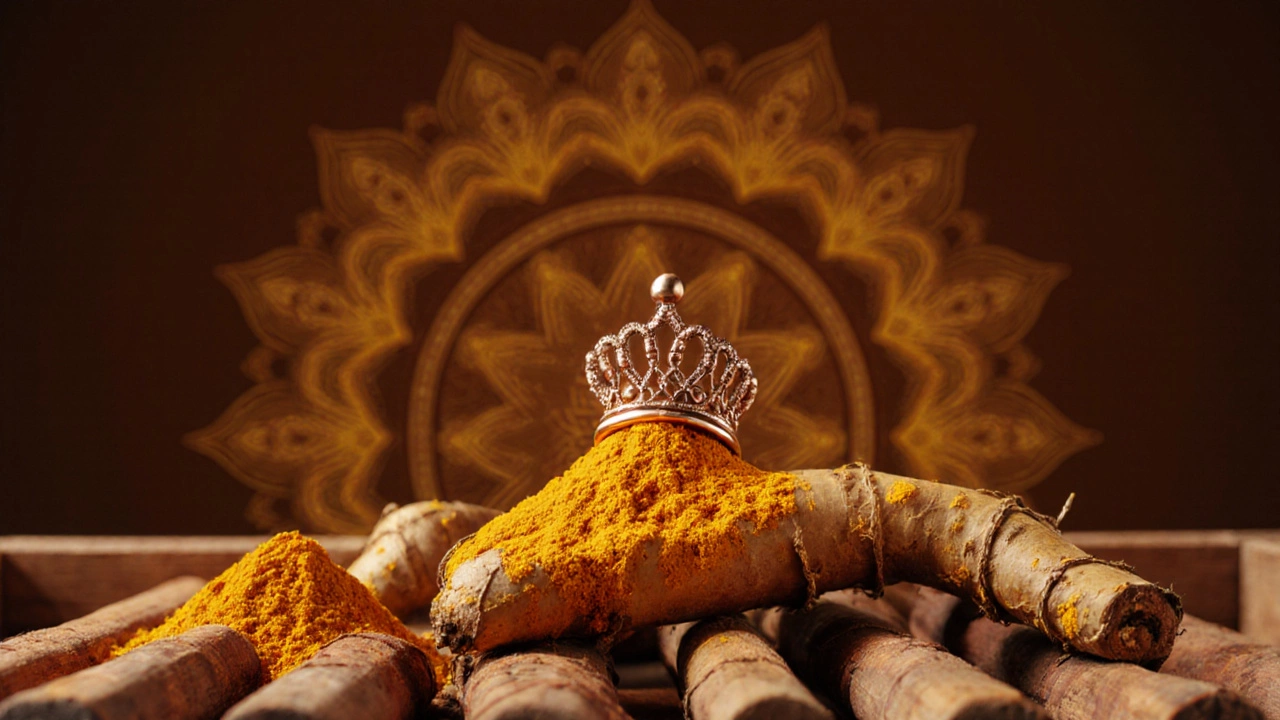Turmeric: Benefits, Risks, and Its Role in Indian Medicine
When exploring Turmeric, a bright orange spice from the rhizome of Curcuma longa, commonly used in cooking and traditional Indian therapies. Also known as haldi, it delivers flavor and medicinal claims in one package. Curcumin, the primary active compound in turmeric gives the spice its anti‑inflammatory and antioxidant punch. Because of this, Ayurvedic medicine, India's 5,000‑year‑old holistic health system routinely recommends turmeric for joint comfort, digestion support, and skin health. The link is clear: turmeric contains curcumin, curcumin drives the health effects, and Ayurvedic practice harnesses those effects in daily routines. Yet the story doesn’t end with benefits; the spice also sits at the crossroads of herbal supplement safety, the evaluation of natural products for purity, dosage, and adverse outcomes. Understanding how turmeric fits into modern supplement markets helps you gauge quality and avoid contamination.
One major area where turmeric’s popularity meets caution is drug interactions, the ways natural compounds can alter the effectiveness or side‑effect profile of prescription medicines. For example, high doses of curcumin can inhibit certain liver enzymes that process anticoagulants, statins, and even some chemotherapy agents. This means the semantic triple “turmeric can affect liver enzyme activity” directly influences how doctors prescribe blood‑thinners or cholesterol‑lowering drugs. Similarly, turmeric’s blood‑thinning potential links to increased bleeding risk during surgeries—an important reminder for anyone planning orthopedic or dental procedures. The anti‑inflammatory action also interacts with non‑steroidal anti‑inflammatory drugs (NSAIDs), sometimes enhancing pain relief but also raising the chance of stomach irritation. By mapping these connections—turmeric ↔ curcumin ↔ drug metabolism—you get a practical checklist for safe use.
Beyond interactions, the real‑world use of turmeric raises questions about dosage, form, and individual health status. Powdered culinary turmeric delivers far less curcumin than concentrated extracts, so the claim “turmeric cures everything” often overlooks bioavailability. Adding black pepper (piperine) or using liposomal formulations can boost absorption, a fact that many supplement manufacturers highlight. However, those same enhancements can amplify the interaction risks mentioned earlier, especially for people with liver disease or those on multiple medications. If you’re curious about incorporating turmeric into your routine, start with a modest amount—say a half‑teaspoon in a smoothie or curry—and watch how your body reacts. Consult a healthcare professional before combining high‑strength supplements with prescription drugs, especially if you’ve had knee replacement surgery, are on weight‑loss medications like Wegovy or Mounjaro, or manage chronic conditions such as diabetes. This balanced view sets the stage for the diverse articles below, where you’ll find deeper dives into turmeric’s chemistry, its role in Ayurvedic treatments, and expert tips on avoiding toxicity while maximizing health benefits. Ready to explore the full range of insights? Scroll down to discover practical guidance tailored to your needs.

Turmeric: The King of Healing Herbs Explained
Discover why turmeric is called the king of healing herbs, its science-backed benefits, safe usage tips, and how it compares with other top herbs.




